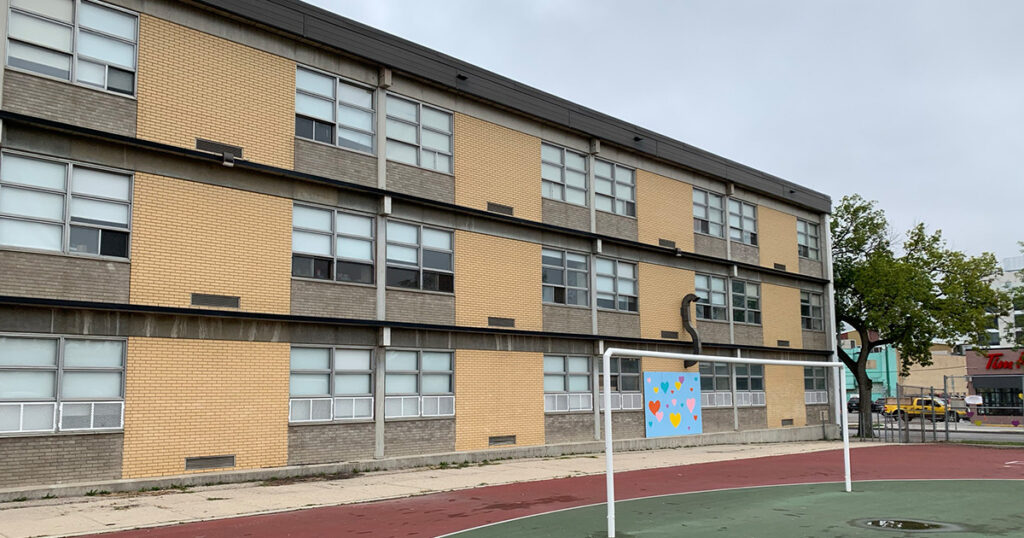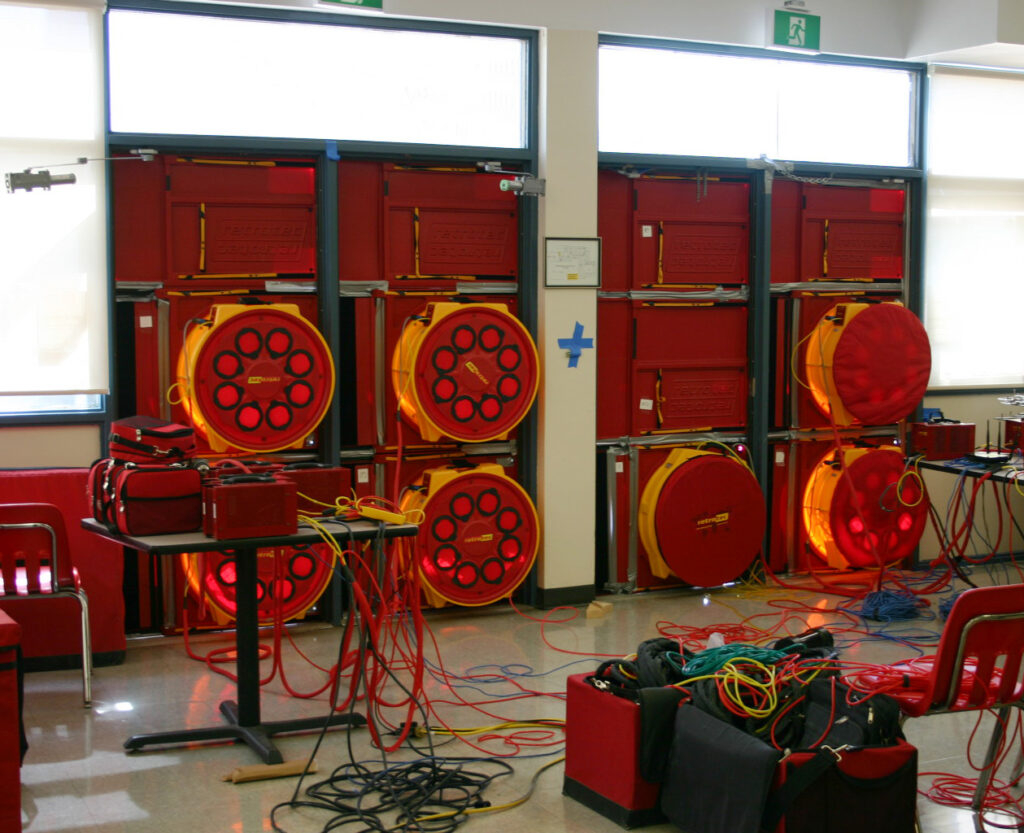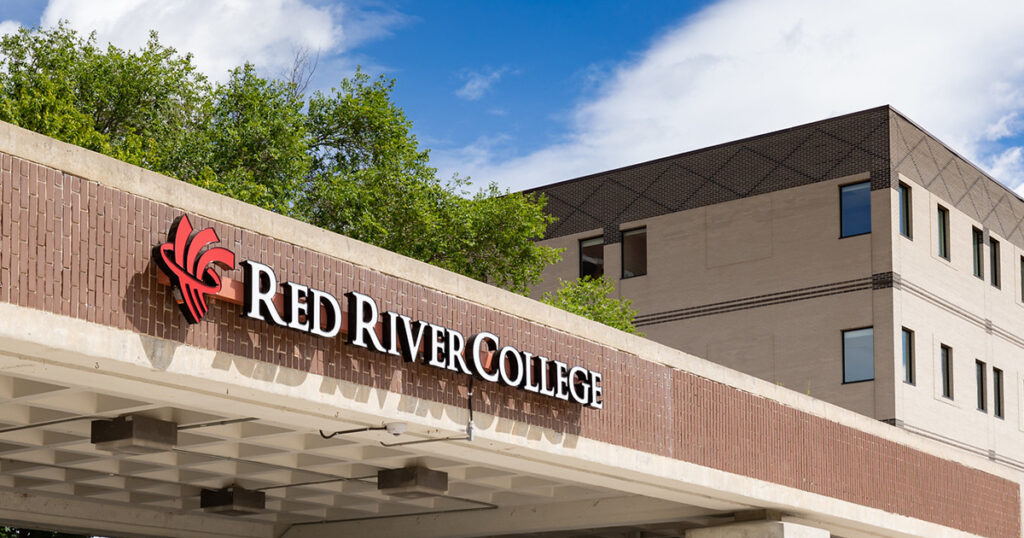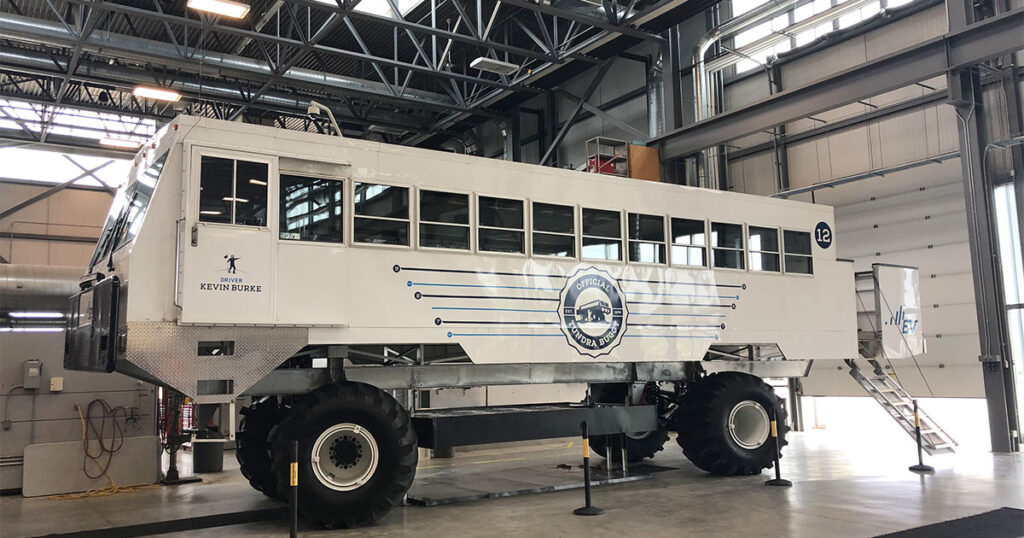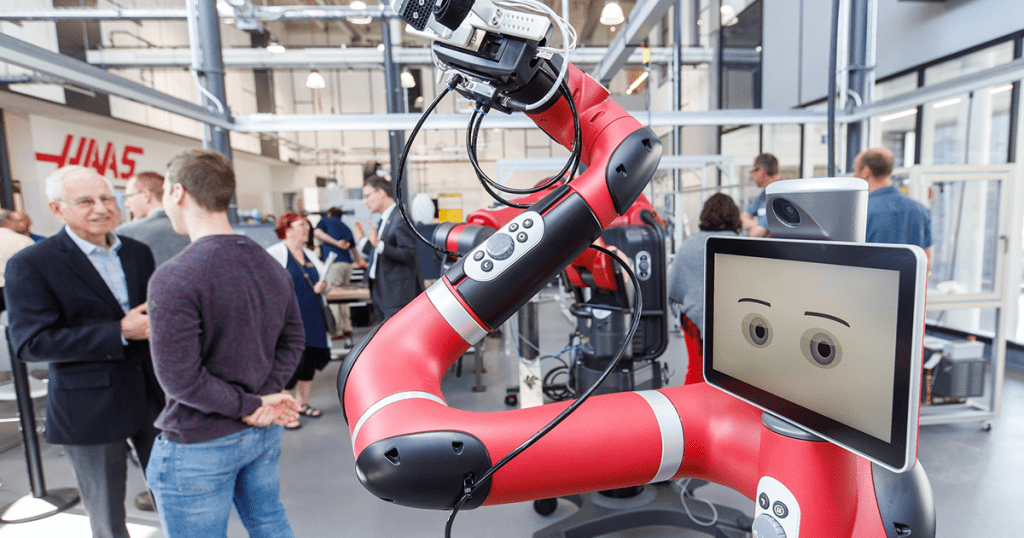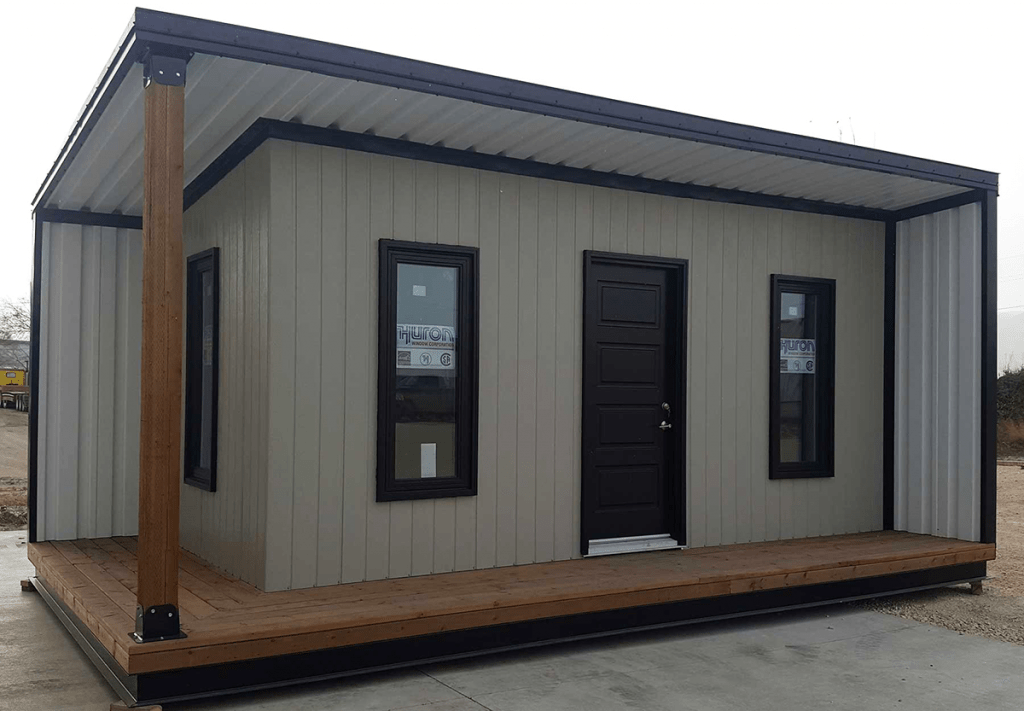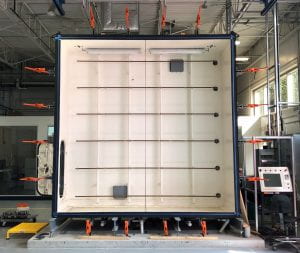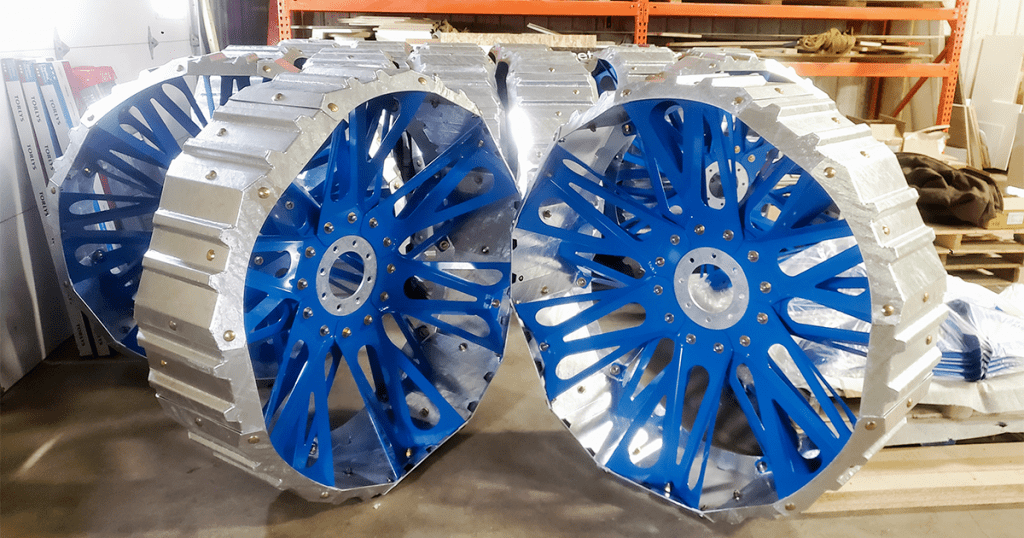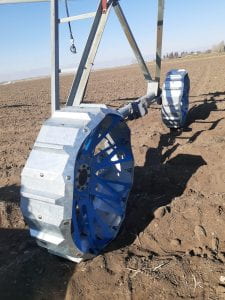The Heavy Vehicle and Equipment Technology Conference: Driving Innovation in Manitoba
In 2019, RRC Polytech’s Vehicle Technology & Energy Centre (VTEC) hosted the inaugural Vehicle Technology Conference. This past December 7 and 8, 2021, VTEC collaborated with industry partner, Vehicle Technology Centre Inc. (VTC), to host the Heavy Vehicle and Equipment Technology Conference at the Victoria Inn & Convention Centre, in Winnipeg, Manitoba.
The conference showcased heavy vehicle and tech expertise in the province and aimed to connect key industry players and academic institutions. The overarching goal of the conference is to support Manitoba’s position as a hub for emerging vehicle technology and innovation, through creating new connections and cross collaborations.
“Manitoba is home to a unique concentration of heavy vehicle and equipment manufacturers. We are home to North America’s largest city and highway bus manufacturer, Canada’s only four-wheel drive tractor manufacturer, the country’s largest manufacturers of fire trucks, agricultural equipment, and motorhomes. The province also has a host of businesses manufacturing truck trailers, airport runway cleaning equipment, electric municipal vehicles as well as a supply and academic community that supports our growth,” said Ron Vanderwees, President of VTC, a non-for-profit organization that helps accelerate growth and technology adoption of the local heavy vehicle and equipment cluster.
“Many of us are on a similar technology path and the Conference is a platform to informally share knowledge or formally collaborate to help our cluster stay ahead of the curve and be leaders amongst world-wide competition.”
“RRC Polytech aims to drive growth in Manitoba’s heavy vehicle and equipment cluster by working alongside industry partners to solve real-world challenges. Through applied research projects, we continue to build our capabilities with zero-emission vehicle technology and provide invaluable work-integrated experience for our students, the next generation of innovators,” said Jojo Delos Reyes, Research Program Manager, VTEC.
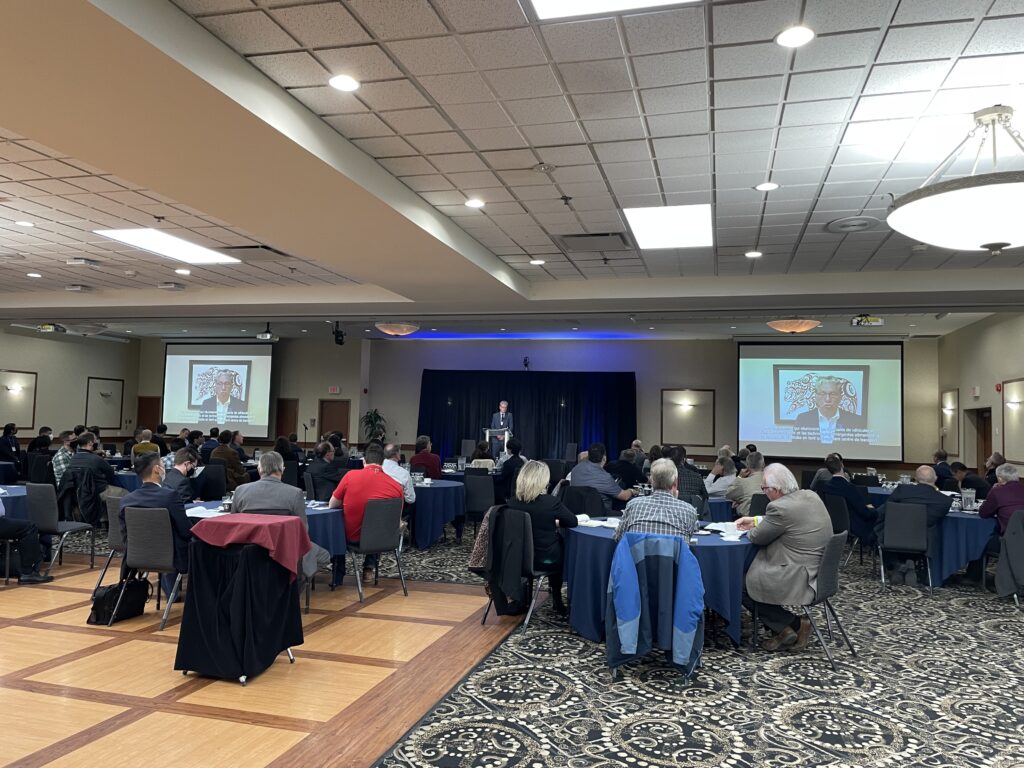
Guests joined the hybrid event in person and virtually through Zoom for forward-thinking sessions from local subject matter experts and presenters joining from across North America. The conference gave a look into “what’s next” in the industry and focused on top-of-mind areas, including hydrogen fuel cell technology, smart, connected and autonomous vehicles, augmented reality to support production, and much more.
Paul Soubry, President and CEO of NFI Group gave the keynote presentation, “Maintaining Product Segment Leadership in Markets with Rapidly Evolving Technology,” followed by a fireside chat with RRC Polytech President and CEO, Fred Meier.
On the second day of the conference, John Gunter, President and CEO, and Tye Noble, Lead Engineer, of Frontiers North Adventures, shared their experiences from the Electric Vehicle (EV) Tundra Buggy prototype, a collaborative electrification project with VTC, VTEC and support from the Government of Manitoba’s Conservation and Climate Fund.
Select presentations from the conference are available to view on vtci.ca under the “Webinars & Technical Papers” section.
The Heavy Vehicle and Equipment Technology Conference was made possible thanks to the support of our sponsors:
- MacDon Industries
- Applifast
- CadMicro Solutions
- Manitoba Trucking Association
- National Research Council Canada
- NFI Group
- Triple E RV and Lode King
- World Trade Centre Winnipeg
- Vehicle Technology Centre Inc.
- RRC Polytech’s MotiveLab
Save the date: The Heavy Vehicle and Equipment Technology Conference will be returning live from Winnipeg, Manitoba in Fall/Winter 2023. Dates to be announced in early 2023.
For enquiries about the 2023 conference or how your organization can participate, please contact VTEC or VTCI for more information.


